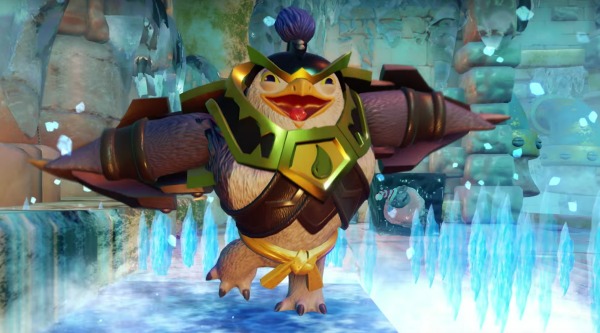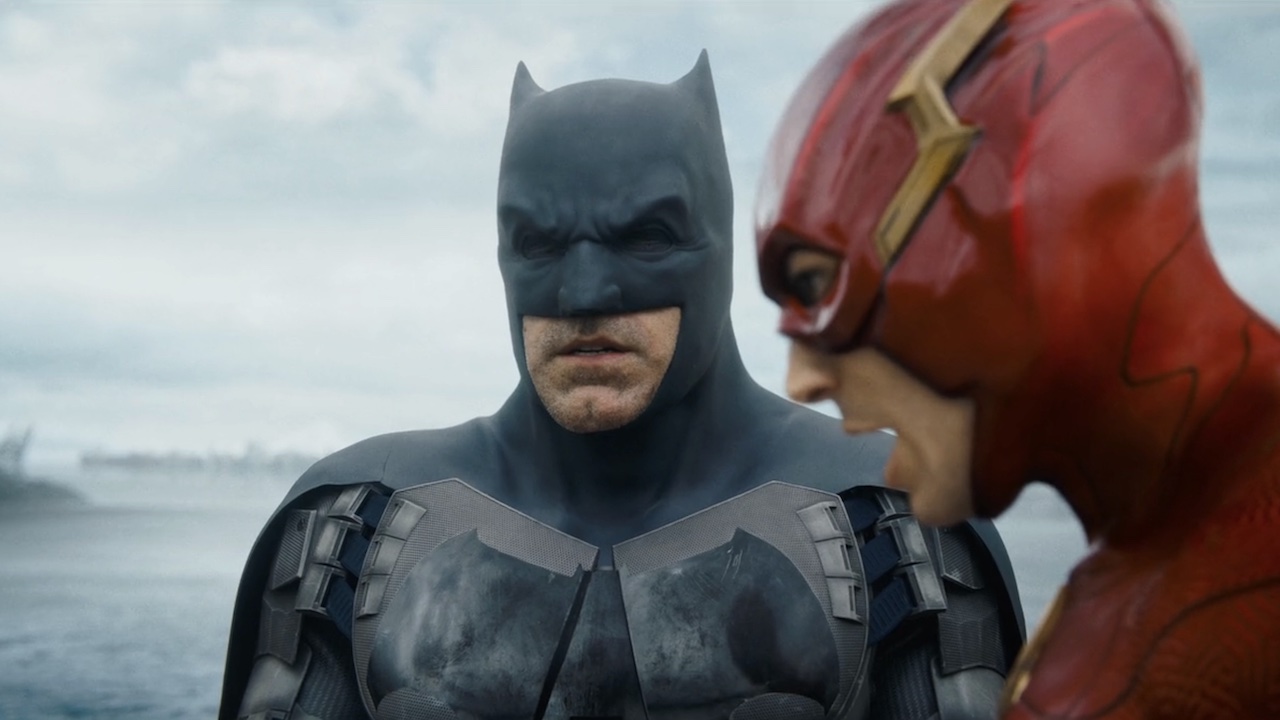What Skylanders Imaginators Means For Toys To Life Games

Skylanders, as I remember, was the first real toys to life game to hit the market. It first released in 2011 into a gaming audience that had no idea how Skylanders worked or what it even meant to own the toys. For many others, they avoided the franchise at all costs because of its butchering of the beloved Insomniac Games character, Spyro the Dragon. But with the downfall of its biggest competitor, Disney Infinity, Activision knew they had to do something with Skylanders—and fast.
The first Skylanders game was aptly titled “Skylanders: Spyro’s Adventure.” Being a huge Spyro the Dragon fan, I remember seeing it and thinking “What!? They are bringing back Spyro!? I have to play this!” But then after looking into the franchise, I and many others began to quickly understand this wasn’t the Spyro we knew and loved. This was something totally different, and thus Skylanders pulled in a different kind of audience, which quickly turned into a collecting obsession for many.
Skylanders and Disney Infinity went head to head for awhile, but Disney Infinity didn’t come around until 2013, almost two years after Skylanders made its debut. While working at GameStop, I noticed only a very small and particular kind of person enjoyed these games. We saw mostly kids and very few grown adults coming in to collect their free characters. And the adults were sheepish about it.
But after Disney Infinity unexpectedly announced their production cease just recently, I think there was a sort of panic that spread across the toys to life community. In my heart, I felt Disney had always been struggling to keep up with Skylanders. At GameStop, Skylanders was always slightly more popular than the Disney Infinity sets. Activision always seemed to have the upper hand. So while that was true, I certainly didn’t expect Disney Infinity to cut their losses, but they did. And I think that made Activision realize they had to do something to set them apart from what Disney Infinity did. Something totally different.
And thus, Skylanders Imaginators was born. This game does something different than any toys to life game has done before. From studying Skylanders’ website, it appears that you will no longer have to keep buying figurines in-store to get new characters in-game. Which is a relief because I always felt bad selling those to families, knowing how pricey it could alll get. But, there’s a catch. Of course Activision wasn’t going to eliminate that selling point entirely and lose a ton of money. Instead, it looks like players will have to buy (I’m guessing you will purchase these) imaginite creation crystals. These babies are what let you change your characters and each Imaginator starter pack comes with one. I’m not entirely sure just how much one creation crystal lets you change in-game, but I’m hoping it’s a little more than one limb considering the starter pack only comes with one. Or maybe the crystal packs aren’t that expensive, inviting you to buy more and not feel guilty. Those details aren’t totally clear yet.
So what does this mean for toys to life games? The era is over. No one wants to spill money into separate figurines to play them in-game anymore. That’s maybe why Disney Infinity fell apart. Maybe the only reason Skylanders was hanging in there was because they’ve always done slightly better than Disney Infinity, and now they were handed a window of opportunity to change the way things work in order to stay alive. Now, these creation crystals won’t be any different than trying to get ahead in a mobile game with in-game purchases and look how much the mobile gaming market has taken off. I think Activision made a smart move, and I’m interested to see how it’ll all play out.
CINEMABLEND NEWSLETTER
Your Daily Blend of Entertainment News









